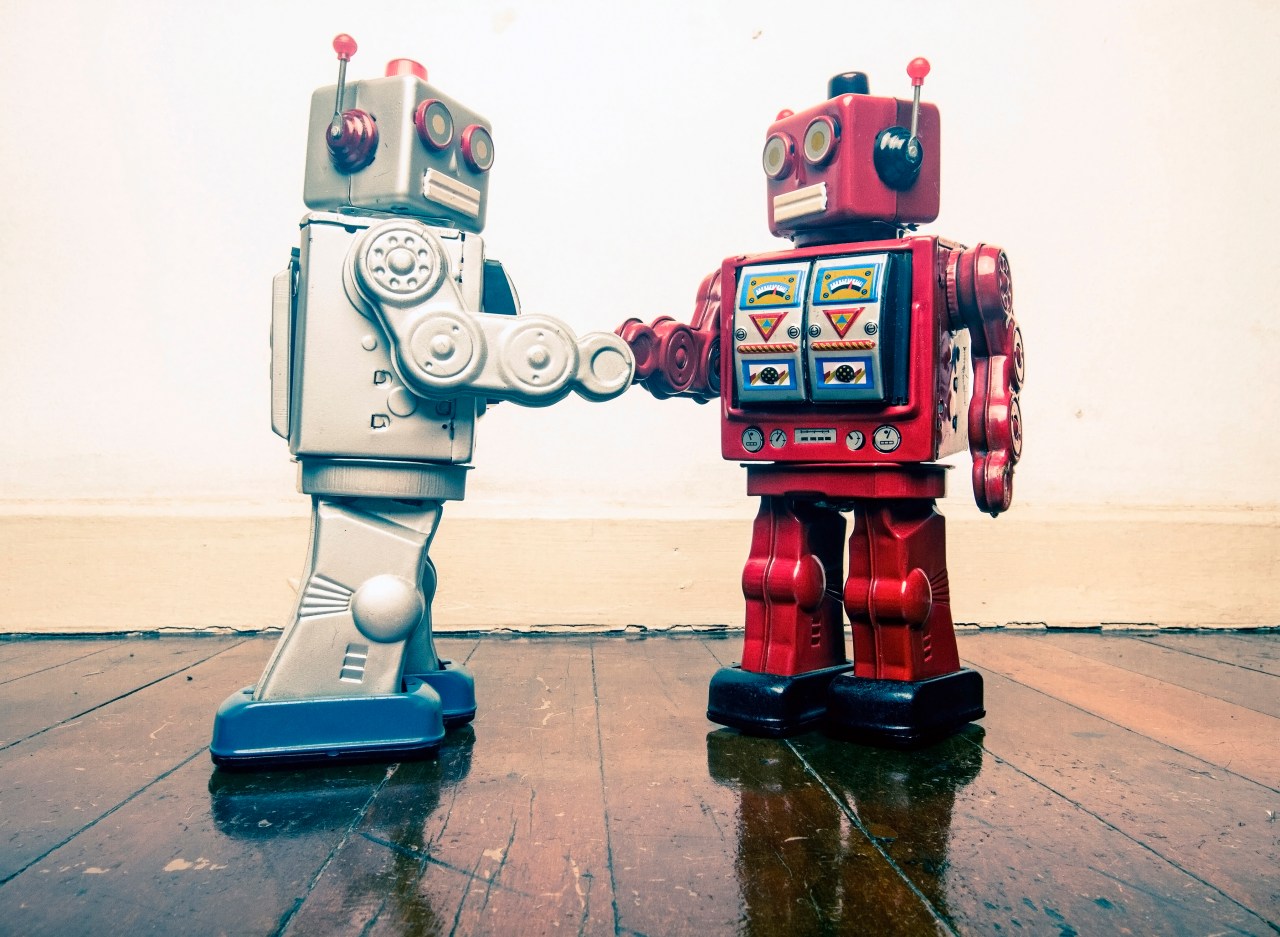As we rapidly advance into an era where robots will become an integral part of daily life, the emergence of socialization protocols between machines and humans is taking center stage. The notion that these robotic entities should be equipped not just with task-specific functionalities but also with the ability to communicate effectively highlights a turning point in robotics. How they learn to interact in a social context will define their acceptance and integration into society.
The Social Imperative for Robots
According to experts like Boris Katz, a research scientist at MIT’s CSAIL, the need for robots to communicate in a human-like manner is becoming increasingly apparent. “Robots will live in our world soon enough, and they really need to learn how to communicate with us on human terms,” he said, stressing the importance of empathy and understanding in machine interactions. This sentiment reflects a shift in focus from mere functionality to a more nuanced approach in machine behavior.
Understanding Interaction Through Simulation
To better grasp how robots can effectively socialize, researchers are turning to simulations as a proving ground for interactions. The experiments undertaken have produced what the team calls “realistic and predictable” interactions between robots. For instance, one robot observes another as it performs a task, analyzing its goal to decide whether to assist or hinder that task. This analytical approach represents a significant step towards developing a framework for robotic empathy.
The Mathematical Model of Social Interaction
A pivotal aspect of this research is the introduction of a mathematical framework that models social interactions between agents. “If you are a robot trying to reach location X, and I am another robot witnessing your attempt, I can choose to cooperate, enhancing your likelihood of success,” explains Ravi Tejwani, a project lead. This framework opens avenues for various cooperative strategies that could evolve as robots become more adept at interpreting social cues.
- Sharing information about obstacles on the way to the target.
- Physically assisting in navigation by altering the environment.
- Suggesting alternative goals based on situational analysis.
Advancements Towards Real-World Application
Currently positioned in a simple 2D simulation, the team is also paving the way for a more complex 3D framework. By integrating a neural network-based robot planning system, the objective is to expedite the learning process, enabling robots to better learn from past social interactions. This change will ensure that as robots engage in social tasks, they do so with improved awareness and adaptability.
Conclusion
The journey towards teaching robots to socialize is still in its infancy, yet it holds profound implications for our relationship with technology. As these machines learn to engage in meaningful social interactions, they will not only become more useful allies but also more relatable companions. This evolution will ultimately pave the way for smoother human-robot collaborations across various sectors—from healthcare and education to service industries.
At fxis.ai, we believe that such advancements are crucial for the future of AI, as they enable more comprehensive and effective solutions. Our team is continually exploring new methodologies to push the envelope in artificial intelligence, ensuring that our clients benefit from the latest technological innovations.
For more insights, updates, or to collaborate on AI development projects, stay connected with fxis.ai.

